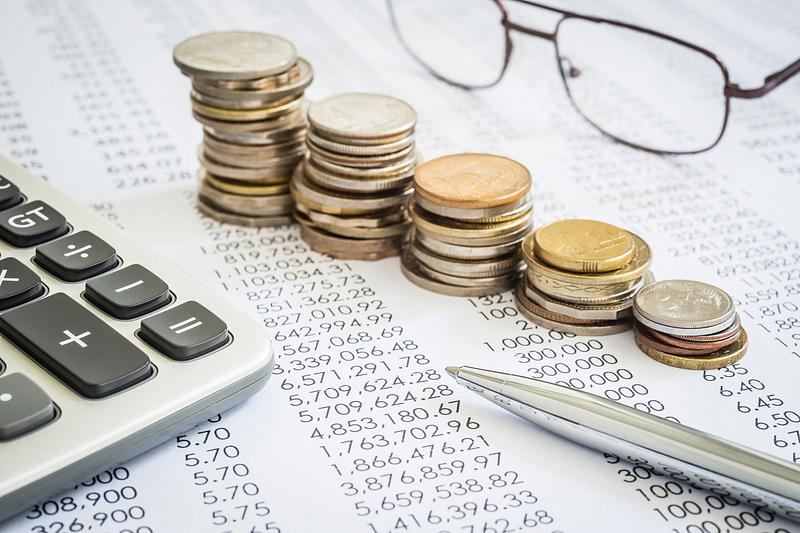Romanian pension fund managers report average real profit rate of 3% over past 15 years

The subscribers to mandatory private pensions (Pillar II) saw their placements expanding at an annual average nominal rate (7.16%) that, for the 15-year period since they were set up, is more than double compared to the scenario of just adjusting the gross contributions with the inflation rate (4.16% per annum on average), according to calculations published by the fund managers’ association APAPR.
“Pillar II pensions generated an average annual return of 7.16% over its entire period of operation (May 2008 to December 2022), compared to an average annual inflation rate of 4.19% over the same period, that is, a robust real-positive performance of three percentage points, for each of the nearly 15 years of activity,” according to the association’s press release.
The math behind the calculation may well be correct, but the interpretation may be slightly revised. The individual return seen by an individual contributor depends dramatically on their contribution history. Our calculations show that a contributor active since 2008 has, at best, realised a total real gain of 8% (the annual average figure doesn’t exactly make sense in this case), but he may well have lost money in real terms.
We carried out independent calculations based on contributions adjusted to inflation (as opposed to the actual contributions received by the pension funds, which increased faster over time as more subscribers were added to the customer base) and investigated two scenarios: the portfolio is adjusted to inflation on a monthly basis under a benchmark scenario (as if there was an instrument generating a yield equal to the monthly inflation) and a real-life scenario, under which the contributor is buying units of the private pension funds at the monthly prices reported by the fund managers.
Starting with a monthly contribution of RON 100 in May 2008 and increasing the contribution in line with inflation, the benchmark scenario would have resulted in a portfolio of RON 31,647 at the end of November 2022 (December data for pension fund’s performances are not available). Investors placing the same monthly amounts of money in the seven private pension funds would have ended with portfolios of between RON 31,540 (for those choosing the fund managed by BRD Pensii) and RON 34,257 for those who opted for Metropolitan.
The correct interpretation of our calculations is that those opting for the best-performing fund (Metropolitan) ended up with a real total gain of some 8% after 15 years of contributions. Those opting for BRD Pensii received a (small) negative real gain.
In all fairness, it should be noted that the nominal contribution in all cases was RON 22,710 – meaning that none of the contributors lost money in nominal terms. But those who opted for BRD Pensii lost (marginally) money in real terms – which is again subject to debate since there exists no such instrument to guarantee a yield equal to the consumer price inflation.
iulian@romania-insider.com
(Photo source: Dreamstime.com)













